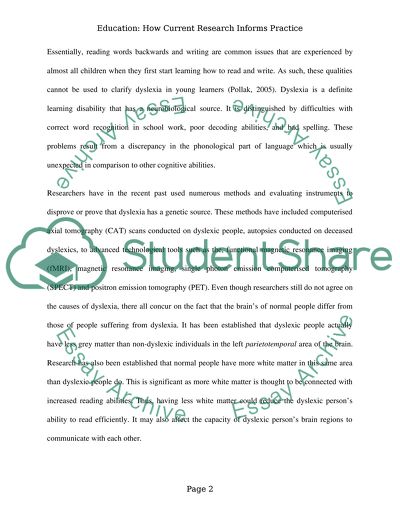Cite this document
(“Education: How current research informs practice Essay”, n.d.)
Education: How current research informs practice Essay. Retrieved from https://studentshare.org/education/1474073-write-an-essay-showing-how-current-research
Education: How current research informs practice Essay. Retrieved from https://studentshare.org/education/1474073-write-an-essay-showing-how-current-research
(Education: How Current Research Informs Practice Essay)
Education: How Current Research Informs Practice Essay. https://studentshare.org/education/1474073-write-an-essay-showing-how-current-research.
Education: How Current Research Informs Practice Essay. https://studentshare.org/education/1474073-write-an-essay-showing-how-current-research.
“Education: How Current Research Informs Practice Essay”, n.d. https://studentshare.org/education/1474073-write-an-essay-showing-how-current-research.


